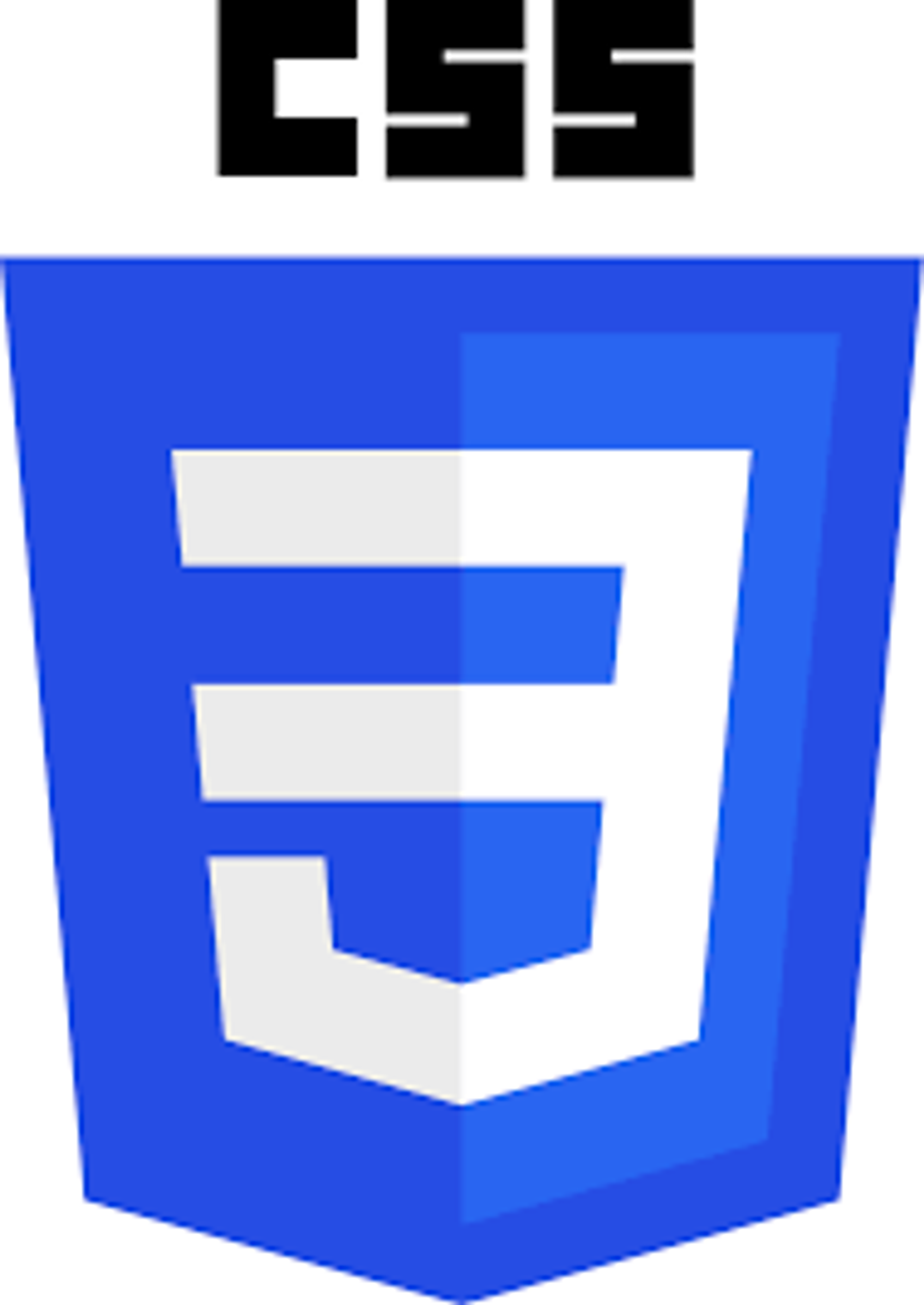External CSS
With an external style sheet, you can change the look of an entire website by changing just one file!
Each HTML page must include a reference to the external style sheet file inside the <link> element, inside the head section.
An external style sheet can be written in any text editor, and must be saved with a .css extension. The external .css file should not contain any HTML tags.
<!DOCTYPE html> <html> <head> <title>External CSS</title> <meta charset="utf-8"> </head> <body> <body> <p>Here's some text that should be blue</p> <body> </html>
/* makes all the paragraph text blue */ p { color: blue; }
Internal CSS
An internal style sheet may be used if one single HTML page has a unique style. The internal style is defined inside the <style> element, inside the head section.
<!DOCTYPE html> <html> <head> <meta charset="utf-8"> <title>Internal CSS</title> <style> p
Inline CSS
An inline style may be used to apply a unique style for a single element. To use inline styles, add the style attribute to the relevant element. The style attribute can contain any CSS property.
Previous Section
4.1 CSS BasicsNext Section
4.3 SelectorsCopyright © 2021 Code 4 Tomorrow. All rights reserved.
The code in this course is licensed under the MIT License.
If you would like to use content from any of our courses, you must obtain our explicit written permission and provide credit. Please contact classes@code4tomorrow.org for inquiries.
